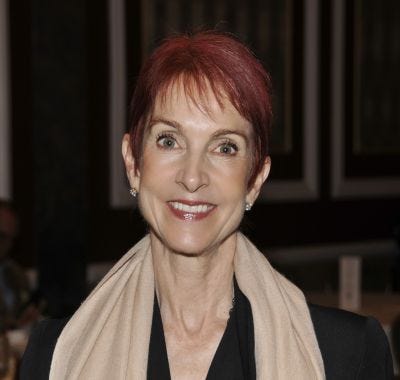Expect Fewer Early-Stage Funding Opps in 2023
The outlook for early-stage funding in 2023 is bleak.

While there is general agreement among early-stage funding providers that available funding for such companies will decrease in 2023, there are a few different reasons why that can be expected – as well as possible funding alternatives.
“There’s been a huge influx in early-stage funding over the last decade,” said Daniel Abrams, CEO of MassLight, an early-stage investment firm. “It’s very likely that the appetite for this type of risk – given pessimism among fund managers about near-term economics – means many funds will retrench.”
Peregrine Ventures Co-Founder Eyal Lifschitz is more optimistic, indicating that challenging market conditions create opportunities to identify best-in-class technologies that may be more apt to secure funding.
According to Peregrine, which is solely focused on healthcare investments, touts that it is responsible for some of the field’s “most significant exits, with an accumulated value of more than $2 billion to date.”
Lifschitz points out that 2002 through 2004, and 2008 through 2010, were all challenging years for investment. But difficult market conditions in those years also presented some of the best years to start an early-stage portfolio, said Lifschitz, and he expects 2023 to present similar opportunities for investment.
Also, overall competition for funds would be expected to diminish as the market is weaned of weaker companies, Lifschitz said.
Funding is “completely cyclical,” Abrams, who noted that “with the right mindset, an opportunity.”
“There’s often less competition; startups with long-term growth mindsets are no longer undercut by boom or bust rivals that offer products at unprofitable price points fueled by a VC’s check,” Abrams told MD+DI.
Most of the early-stage funding that is available is likely to be directed to companies with technology focusing on digital care that supports clinical providers, Abrams said.
“There will be an increased focus on technology to deliver traditional clinical care in more innovative, patient-friendly ways,” Abrams said. “For example, better coordination between telemed and in-person care, home-based care, coordinated care teams, a focus on complex medical conditions, and support for [organizations] managing assumption of risk.”
Some companies will find early-stage funding, and others may not, even though funding may have been readily available in previous years, depending on the technology focus.
“It’s always the case that some areas are hot and grow crowded with competition,” Abrams said. “Two years ago, there was more room for a startup focused on remote behavioral health; today, such a startup would need to have an unusual niche or insight to get funding.”
Abrams offered a bit of advice to early-stage companies in need of funding.
“All startups should have operational contingency plans that anticipate inability to raise,” Abrams said. "This is true even in founder-friendly investment climates, and especially so in tougher conditions.”
“The best startups, both for founders and funders, are the ones that will succeed regardless, where funding just accelerates growth,” Abrams said. “There’s certainly less margin for error when funding is tight, so founders should be prepared to sacrifice faster growth for a larger margin of safety, [i.e.] a longer runway.”
Tamir Tal, also with Peregrine Ventures, told MD+DI there may be funding alternatives.
One example might be family offices, or federal National Institutes of Health government grants. Family offices, or philanthropic investors, may have a special interest in advancing research or companies targeting a certain type of disease or condition.
About the Author(s)
You May Also Like


.png?width=300&auto=webp&quality=80&disable=upscale)

